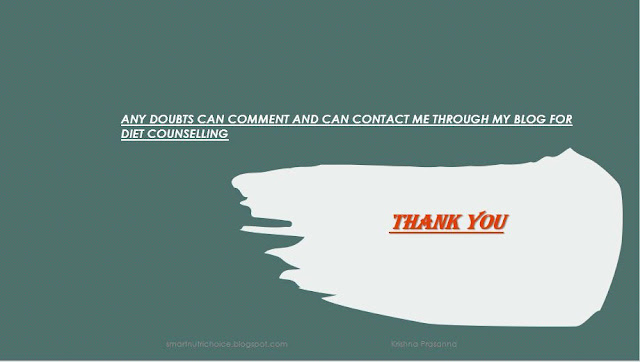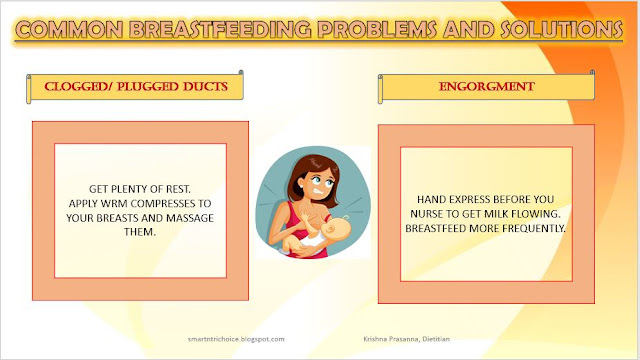Pregnancy
and child birth are beautiful phases in one’s life. Postpartum period is
commonly defined as immediately after child birth (i.e., from delivery) to 6
weeks. In India, across cultures, the postpartum
period is given much emphasis. This time is meant for the mother to recuperate
after childbirth and for mother and new born bonding. It is the time where they
also establish breastfeeding. After childbirth, women stay at home for
approximately 6 weeks or 40 days this period is called 'confinement period
‘. This is why Usually the woman returns
to her mother ‘s house at the end of pregnancy, till birth and the postpartum
period. If she is unable to do so the mother will usually come and live with
her during this time. This practice is indeed beneficial for a new mother who
will need mothering herself. So, during this 'confinement ‘period the woman is
well cared by her mother or other female relatives. The woman is supposed to
rest, rejuvenate and replenish. She is not to do any housework or other
strenuous activities. Basically, she is to be pampered with love for the next
month at least. She is on a certain diet, which is specifically tailored to her
body ‘s need during postpartum.
IMPORTANCE
OF POSTPARTUM CARE:
Mothers need special care for
your body after giving birth to regain energy and strength. After pregnancy and
delivery, women will change both physically and emotionally. Lots of things
like lack of sleep, taking care of baby, anxiety over baby’s health, hormonal
changes, wondering and worrying about your body shape, other physical
discomforts like vaginal discharge, cramps, etc. may affect you during this
postpartum period. The postpartum period is usually six to eight weeks from the
day of your delivery. This period is considered as a highly sensitive period
and all the postpartum care systems as per the Indian culture, place a great
emphasis on encouraging fast healing, boosting immunity, and improving the production
of milk.

















































